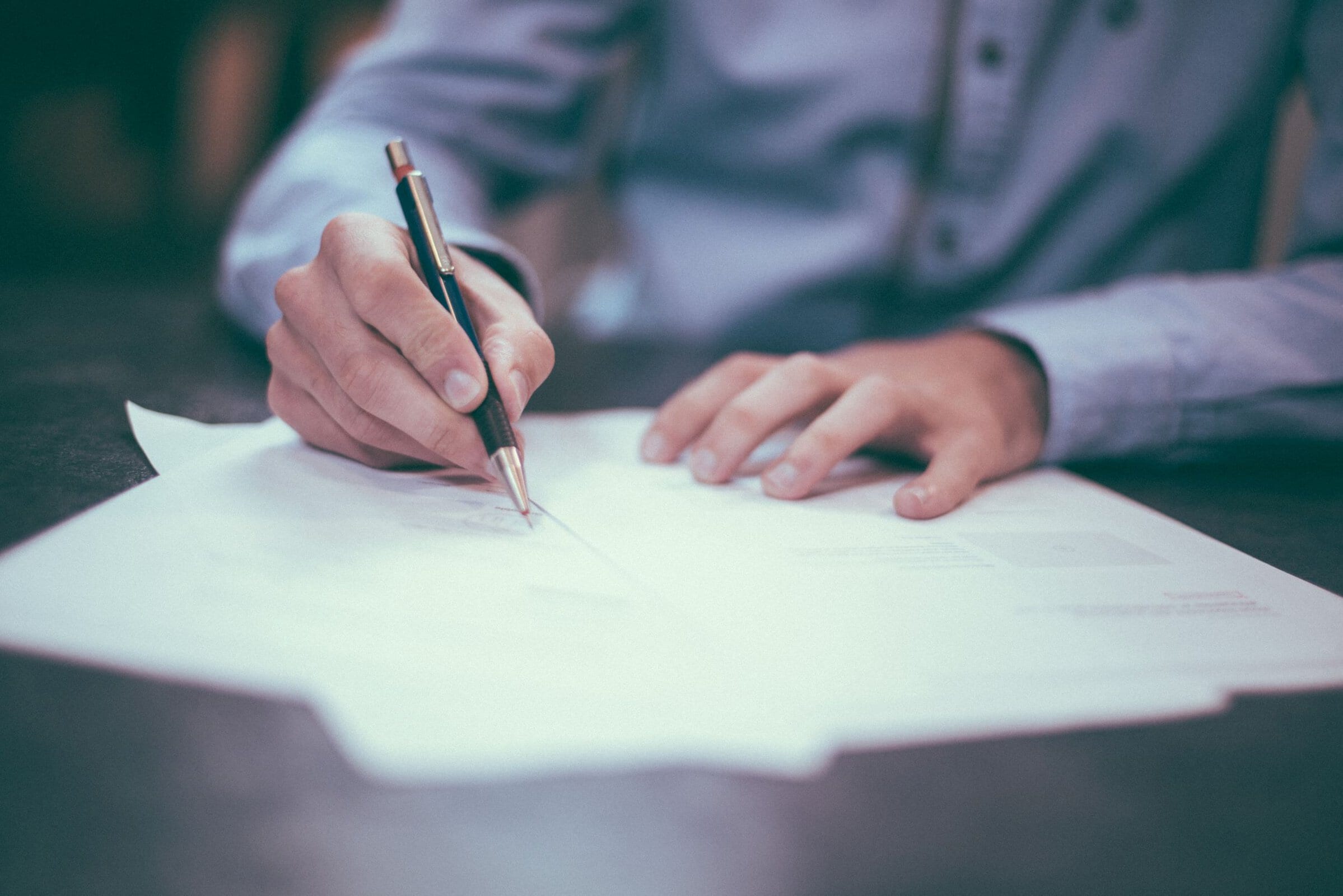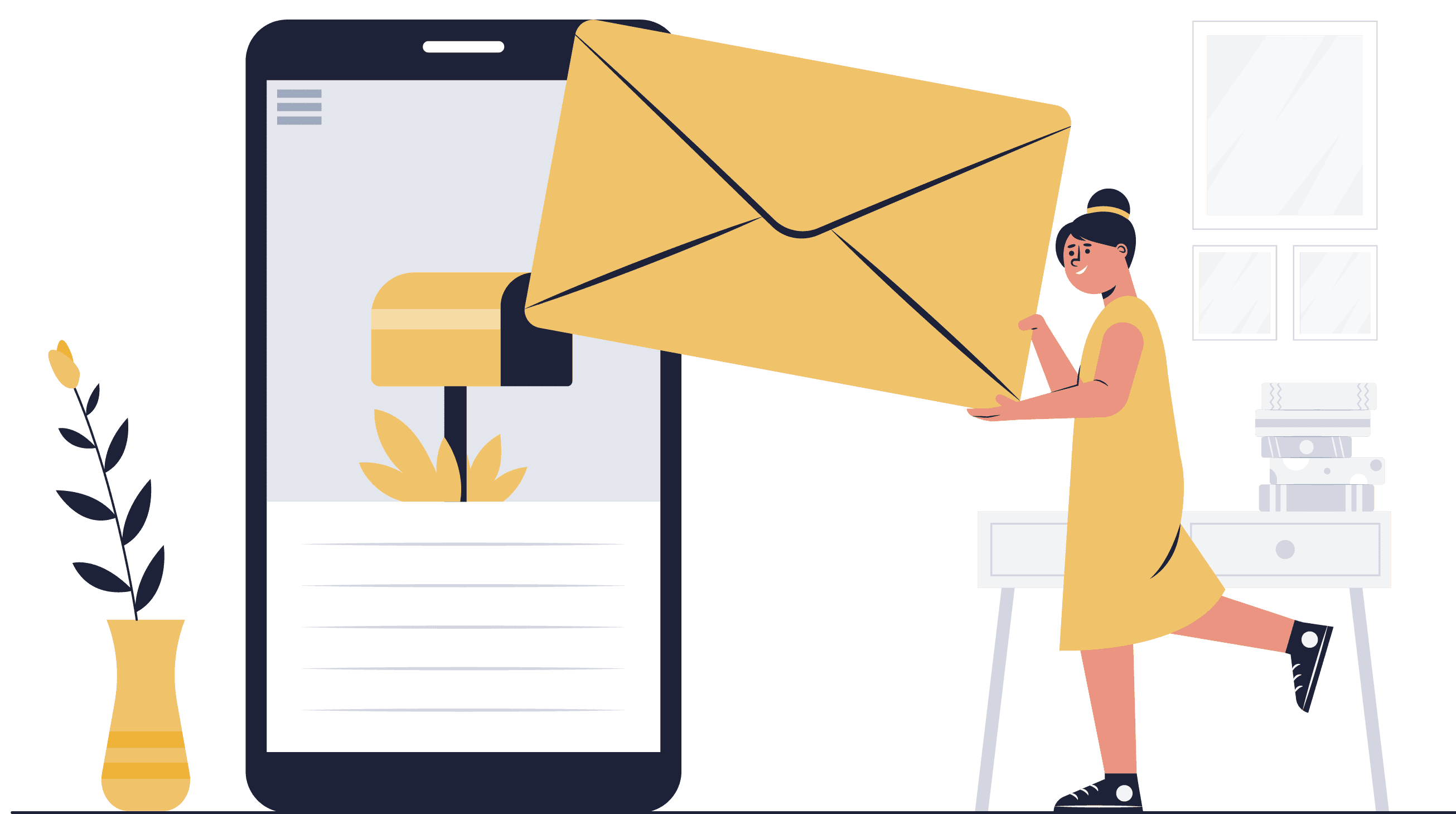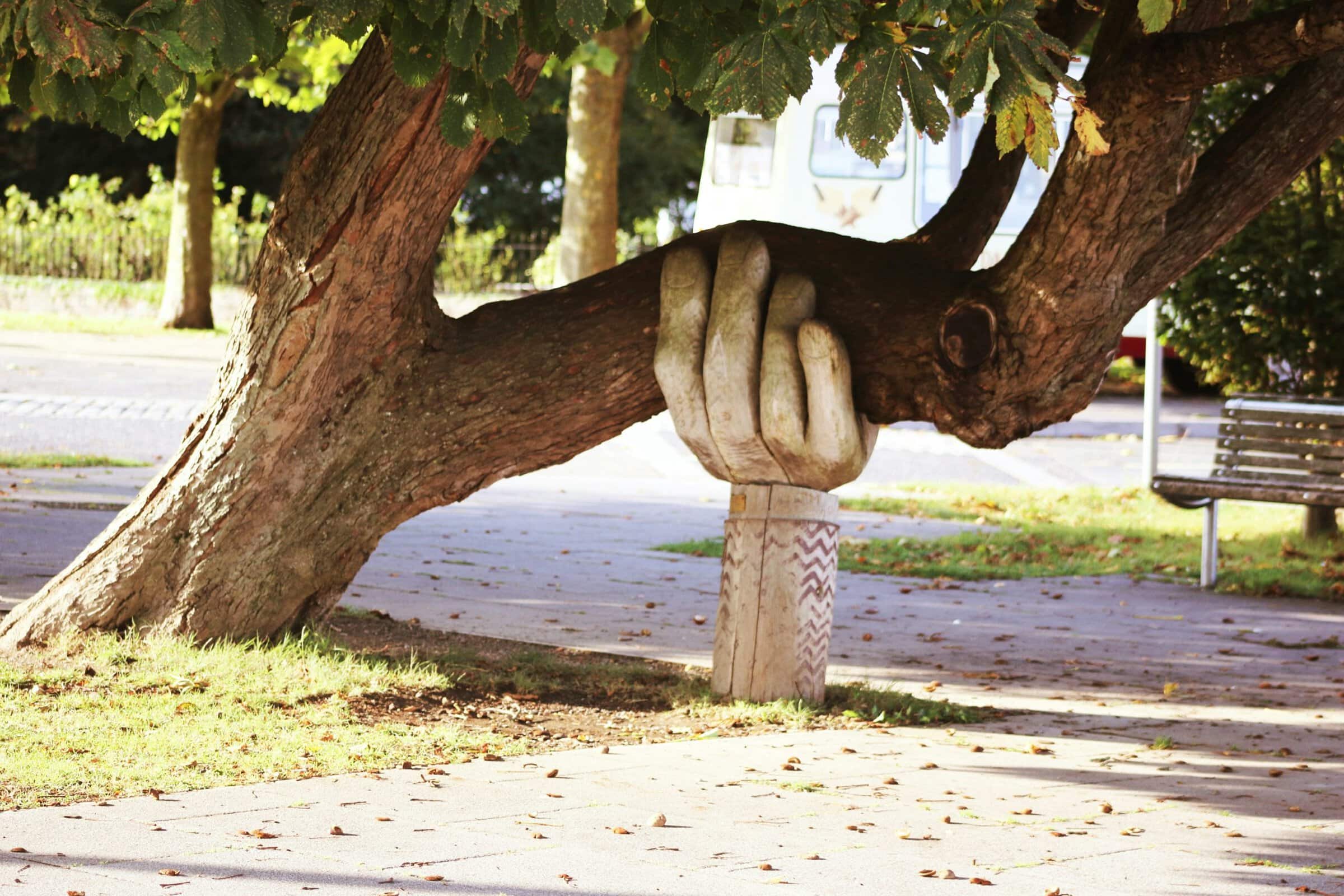Learn how to write a sponsorship letter. CharityAuctionsToday has tips, an example, and downloadable template you can use to get your events sponsored.
Securing sponsorship can be a challenging task. It often requires a well-crafted sponsorship letter.
But what is a sponsorship letter? It's a formal request for support, typically financial, for an event, project, or cause.
The key to a successful sponsorship letter lies in its structure and content. It should resonate with the potential sponsor's values and interests.
This guide will provide you with a step-by-step process on how to write an effective sponsorship letter. It will cover everything from the introduction to the conclusion, with tips to make your letter stand out.
Your Perfect Sponsorship Letter Deserves a Stage 🎯
Turn that letter into real donations — launch your auction today and start attracting sponsors who want to support your cause.
Launch Your Auction NowWe will also provide a sponsorship letter sample for reference. And, a downloadable sponsorship letter template to get you started.
So, whether you're an individual, a non-profit organization, an event planner, or a small business owner, this guide is for you. Let's dive in.
Understanding Sponsorship Letters
A sponsorship letter serves as a formal proposal. It communicates your request and details the benefits a sponsor will receive.
Crafting such letters requires a deep understanding of your prospective sponsor’s goals. This ensures your proposal aligns with their business objectives or corporate social responsibilities.
A well-written sponsorship letter can open doors to many opportunities. It's important to tailor each letter to the individual sponsor, which can increase the chances of success.
By demonstrating mutual benefits, a sponsor can feel confident in investing in your project. A thoughtful approach can make all the difference.
The Importance of Personalization
Personalization is crucial in sponsorship letters. A generic request may be ignored. Craft your letter to resonate with the sponsor's specific goals and values. This requires research and understanding of their business philosophy.
By tailoring your message, you show genuine interest. It sets you apart from others who may not take this extra step. Personalized letters can enhance your chances of forming a meaningful connection with your potential sponsor. Making it personal demonstrates your commitment and increases your credibility.
Key Components of a Sponsorship Letter

A sponsorship letter must be well-structured to be effective. It comprises several key components that together make a compelling case. Here's what you should include:
- Introduction: Make a connection and grab attention.
- Organization Background: Share your mission and goals.
- Event Details: Explain the event or project's purpose.
- Sponsorship Benefits: Highlight benefits for the sponsor.
- Call-to-Action: Encourage immediate response.
The introduction sets the tone. Establish a connection by mentioning mutual interests or past collaborations. This step builds rapport right from the start.
Next, describe your organization. Concisely communicate your mission and how it aligns with the sponsor's values. This section should build credibility and trust.
In the body, explain the event or project clearly. Detail how sponsorship will make a difference. Highlight mutual benefits to incentivize the sponsor. Be specific about what the sponsor gains.
Finally, the conclusion should include a clear call-to-action. Invite the sponsor to engage and set a follow-up plan. Finish with gratitude and a professional sign-off.
Introduction: Crafting a Compelling Opening
Your introduction is crucial. It sets the stage for your request. Start with a strong opening statement that captures attention and connects to the sponsor's interests.
Introduce your organization briefly. Highlight your mission to establish relevance. Ensure your tone is engaging yet professional to keep the reader interested.
Body: Detailing the Event and Sponsorship Benefits
In the body of your letter, detail your event or project. Explain its purpose, goals, and the positive impact it aims to achieve. This helps the sponsor visualize their contribution’s potential effect.
Next, outline the sponsorship levels and benefits. Be clear about what the sponsor will gain, whether it is publicity, goodwill, or something else. Demonstrate how their support will benefit both parties.
Tailor these benefits to align with the sponsor's objectives. Specificity and relevance here are key to maintaining their interest. Offer exclusive opportunities when possible to entice the sponsor further.
Conclusion: Clear Call-to-Action and Summary
Wrap up your letter with a strong conclusion. Summarize your key points succinctly. Reinforce why the sponsorship makes sense for them.
Include a clear call-to-action. Encourage the sponsor to contact you or discuss further steps. End with expressions of gratitude and a sign-off that reflects your appreciation.
Sponsorship Letter Sample
Crafting the perfect sponsorship letter can seem daunting. An effective letter balances professionalism with personal touches. Here's a concise sample to guide you.
[Your Organization's Logo/Letterhead]
[Date]
[Potential Sponsor's Name]
[Company Name]
[Company Address]
Dear [Potential Sponsor's Name],
We are [Your Organization's Name], a passionate entity committed to [briefly state your mission or cause]. We are reaching out to invite your partnership in our upcoming event, [Event Name], scheduled for [Event Date].
This event aims to [describe the purpose and goals of the event]. Your support could play a transformative role. Our collaboration would offer your brand [briefly list potential benefits, like visibility, community goodwill, or engagement].
We hope to discuss this opportunity further. Please feel free to reach us at [contact information]. Thank you for considering this impactful partnership.
Sincerely,
[Your Name]
[Your Title]
[Your Organization's Name]
[Contact Information]
Use this template as a guide to craft your message. Tailor each letter to fit your potential sponsor’s unique interests and your specific needs. If you have a robust offering of sponsorship levels, consider creating a sponsorship package document to supplement your letter. A personalized touch can make all the difference.
Sponsorship Agreement Template: Legal Considerations
After securing a sponsor, it's crucial to formalize the partnership. A sponsorship agreement template outlines the terms and expectations clearly. This document protects both parties by detailing obligations and benefits, ensuring all aspects are mutually understood and agreed upon.
Legal considerations include sponsor benefits, term duration, and payment terms. It's essential to include cancellation policies and indemnification clauses to manage potential disputes. Consulting a legal professional to review the agreement can offer peace of mind, ensuring compliance with relevant laws. A well-crafted agreement sets a firm foundation for a successful partnership, fostering trust and transparency.
Tips to Enhance Your Sponsorship Letter
Creating an impactful sponsorship letter can be a game-changer. Small adjustments can yield significant results. Crafting a letter that stands out involves creativity and a keen understanding of your sponsor's needs.
Here are some tips to enhance your sponsorship letter:
- Use engaging storytelling to make your cause memorable.
- Include compelling testimonials from past sponsors or participants.
- Align your proposal with the sponsor’s corporate goals.
Don't underestimate the power of visuals. Include charts or infographics if applicable. They're an excellent way to break down complex data. Always make your letter visually appealing and easy to digest. Finally, ensure the tone is both professional and approachable. Your letter should convey passion, dedication, and appreciation for the sponsor's potential support.
Following Up: The Key to Securing Sponsorship
Following up on your sponsorship request is as vital as the letter itself. The follow-up shows your genuine interest and determination in obtaining the sponsorship. It helps reinforce your request and keeps the sponsor engaged.
Timing is crucial in follow-ups. Wait a week or two after sending the letter. This gives the sponsor time to consider your proposal. When you follow up, be concise and respectful. Express gratitude for their time and emphasize how much you value their potential partnership. An effective follow-up can bridge the gap between a request and securing a commitment.
Frequently Asked Questions
What is a sponsorship letter?
A sponsorship letter is a concise, personalized request sent to a business or individual that explains your event or program, the impact of their support, and the benefits they’ll receive for partnering with you.
What should a strong sponsorship letter include?
Include a clear hook, your mission and audience, specific sponsorship packages/benefits, the impact of funds, social proof (past partners or results), a deadline, and a direct call to action with contact details.
How do I personalize a sponsorship letter effectively?
Mention the sponsor’s brand goals, audience, and recent initiatives. Tie benefits to their objectives (e.g., local reach, CSR, employee engagement) and reference any past involvement with your cause or community.
Should I include sponsorship levels or propose a custom package?
Do both. Present 3–4 clear tiers (e.g., Gold, Silver, Bronze) with benefits and pricing, and offer a custom option to match the sponsor’s budget and marketing goals.
What benefits do sponsors typically expect in return?
Brand visibility (logos, stage mentions, signage), digital reach (email, social posts), on-site activations, complimentary tickets, data or audience insights (where compliant), and post-event recognition.
How long should a sponsorship letter be and what tone should I use?
Keep it to one page (300–500 words) with a professional yet conversational tone. Use short paragraphs, scannable bullets for benefits, and one clear call to action.
What subject lines work for email sponsorship requests?
Use specific, benefit-led lines such as “Partner with [Event] to reach [Audience],” “Sponsorship opportunity: [Event Date],” or “Showcase your brand at [Event]—limited spots.” Avoid vague or salesy phrasing.
When should I send and how should I follow up?
Reach out 8–12 weeks before the event. Follow up in 5–7 days with a brief note referencing the original ask, then once more a week later with a new angle (e.g., early-bird pricing ends soon).
What attachments or links should I include with the letter?
Add a one-page sponsorship kit with audience stats, benefit matrix, deadlines, logo specs, and contact info. Link to your event page, media kit, and a simple online pledge form.
How do I handle in-kind versus cash sponsorships in the letter?
State whether you accept in-kind gifts (e.g., products, media, venues) and how they’re valued. Clarify recognition levels for in-kind vs. cash so expectations are transparent.
What common mistakes should I avoid in sponsorship letters?
Avoid generic mass emails, unclear benefits, missing deadlines, jargon-heavy copy, and long attachments. Always include a direct next step and a clear contact person.
Are sponsorship contributions tax-deductible for donors?
It depends on the jurisdiction and the value of benefits received. Only the portion above fair market value may be deductible. Provide receipts and advise sponsors to consult a tax professional.
💡 Try this in ChatGPT
- Summarize the article "How to Write a Sponsorship Letter" from https://ghost.charityauctionstoday.com/p/how-to-write-a-sponorship-letter/ in 3 bullet points for a board update.
- Turn the article "How to Write a Sponsorship Letter" (https://ghost.charityauctionstoday.com/p/how-to-write-a-sponorship-letter/) into a 60-second talking script with one example and one CTA.
- Extract 5 SEO keywords and 3 internal link ideas from "How to Write a Sponsorship Letter": https://ghost.charityauctionstoday.com/p/how-to-write-a-sponorship-letter/.
- Create 3 tweet ideas and a LinkedIn post that expand on this How To topic using the article at https://ghost.charityauctionstoday.com/p/how-to-write-a-sponorship-letter/.
Tip: Paste the whole prompt (with the URL) so the AI can fetch context.
Tom Kelly
Tom Kelly, TEDx speaker and CEO of CharityAuctions.com, helps nonprofits raise millions through auctions and AI. He hosts The Million Dollar Nonprofit podcast and inspires leaders to live their legacy, not just leave it.
Table of contents
Create Your Auction
Raise 40% more with smart bidding tools





